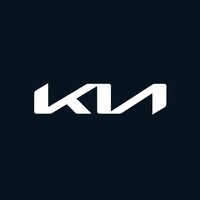
Kia America
Kia America is headquartered in Irvine, California and is a subsidiary of Kia Corporation. Kia’s technology-rich product lineup of cars, SUVs, and alternative-powered vehicles are backed by the industry-leading Kia 10-year/100,000-mile limited warranty program.






